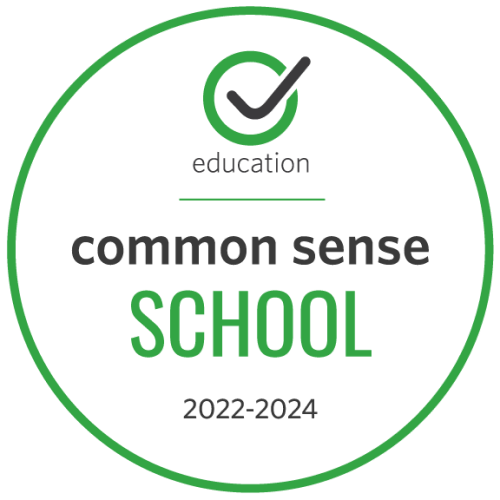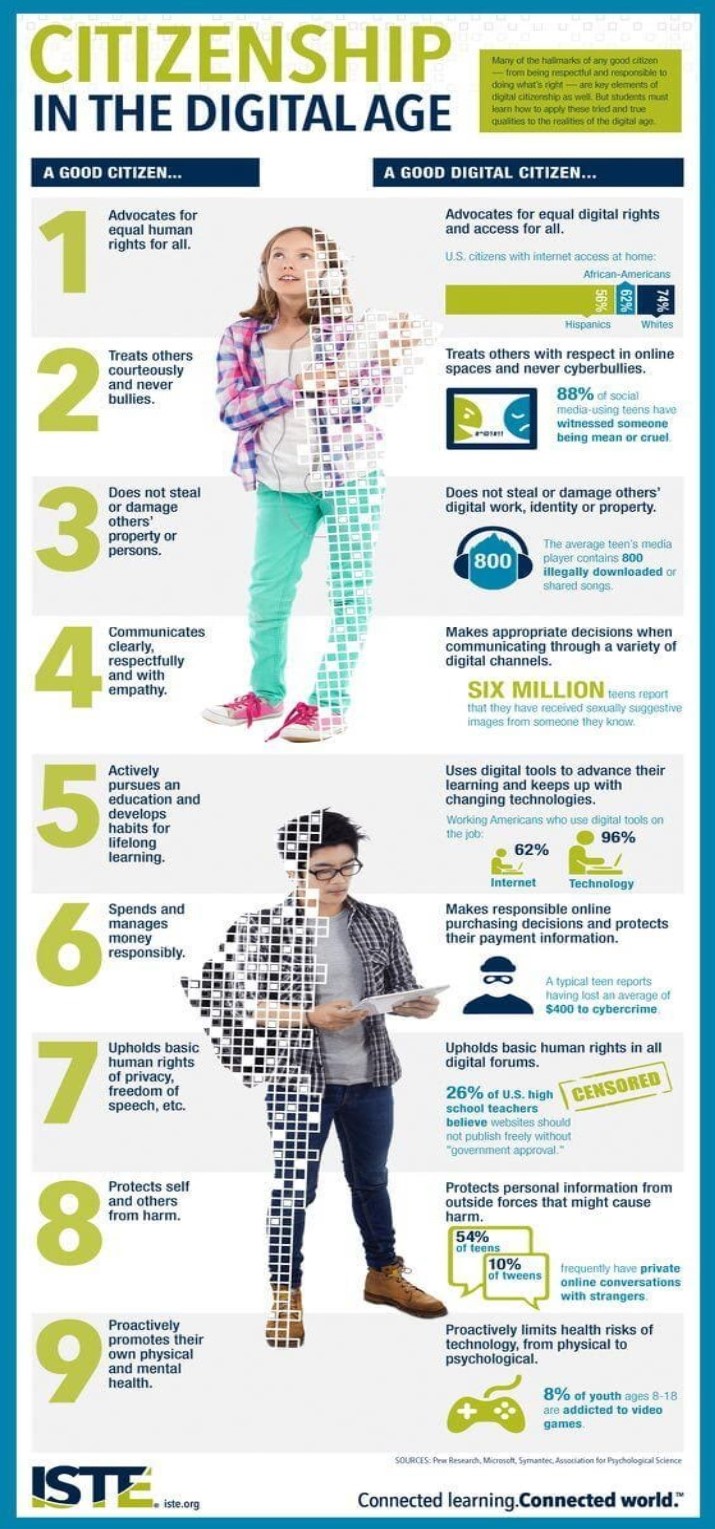Digital Citizenship – Common Sense Media

Congratulations to St. Celestine on their Digital Citizenship Recognition from Common Sense!
Dear School Families,
We are proud to announce that Common Sense, the national nonprofit organization dedicated to helping kids and families thrive in a world of media and technology, has recognized St. Celestine as a Common Sense School!
We have demonstrated our commitment to preparing students and families to think critically and use technology responsibly to learn, create, and participate while preparing them for the challenges in a digital world.
Teaching digital responsibility remains an ongoing commitment for us as we face challenges such as cyberbullying, misinformation, social and emotional well-being, and maintaining balance in our lives.
Thank you to our families for partnering with us as we strive to keep our children safe, secure, and well-informed citizens.
Students at St. Celestine are learning about the six pillars of Digital Citizenship leading up to Digital Citizenship Week on October 16-20. We are learning about 1) relationships and communication, 2) cyberbullying, 3) media balance and well-being, 4) privacy and security, 5) digital footprints and identity, and 6) news and media literacy.
Below on this page, we would like to share an article about how the rules of being a good digital citizenship align closely with being a responsible citizen in the world.
Also, please take some time and access the parent portal on the Common Sense Media website. It is a great resource for parents to stay current on internet safety.
Thank you,
Sheila M. Klich, Principal
Cindy Gallagher, Technology Director
9 Rules For Digital Citizenship by TeachThought Staff
Are there ‘rules’ for digital citizenship? And how are they unique from non-digital, ‘local’ citizenship?
These are the questions the fine folks at ISTE tackled in the follow infographic that seeks to clarify ‘norms’ for citizenship in the digital age. We’ve offered a definition for digital citizenship in the past, and this graphic takes that idea and adds general advice for what this might look like in action. ISTE explains, “Many of the hallmarks of any good citizen–from being respectful and responsible to doing what’s right–are key elements of digital citizenship as well. But students must learn how to apply these tried and true qualities to the realities of the digital age.” While some of the rules may be a bit over-general (7. A good citizen upholds basic human rights…) or curious in topic (6. A good citizen spends and manages money responsibly…), as practical examples of a vague idea, they work well.
As the graphic indicates, digital citizenship is a specific kind of general citizenship–citizenship extended into digital spaces. A good person using common sense is a good person using common sense online or off, yes? But websites and social media channels are sufficiently unique to offer different challenges (e.g., anonymity) and opportunities (e.g., scale) compared to ‘real life’ that specifically digital thinking is important.
9 Rules For Digital Citizenship:
- A good citizen advocates for equal human rights for all.
- A good citizen treats others courteously and never bullies.
- A good citizen does not damage property.
- A good citizen communicates clearly, respectfully, and with empathy.
- A good citizen actively pursues an education and develops habits for lifelong learning.
- A good citizen spends and manages money responsibly.
- A good citizen upholds basic human rights of privacy, freedom of speech, etc.
- A good citizen protects self and others from harm.
- A good citizen proactively promotes their own physical and mental health.
